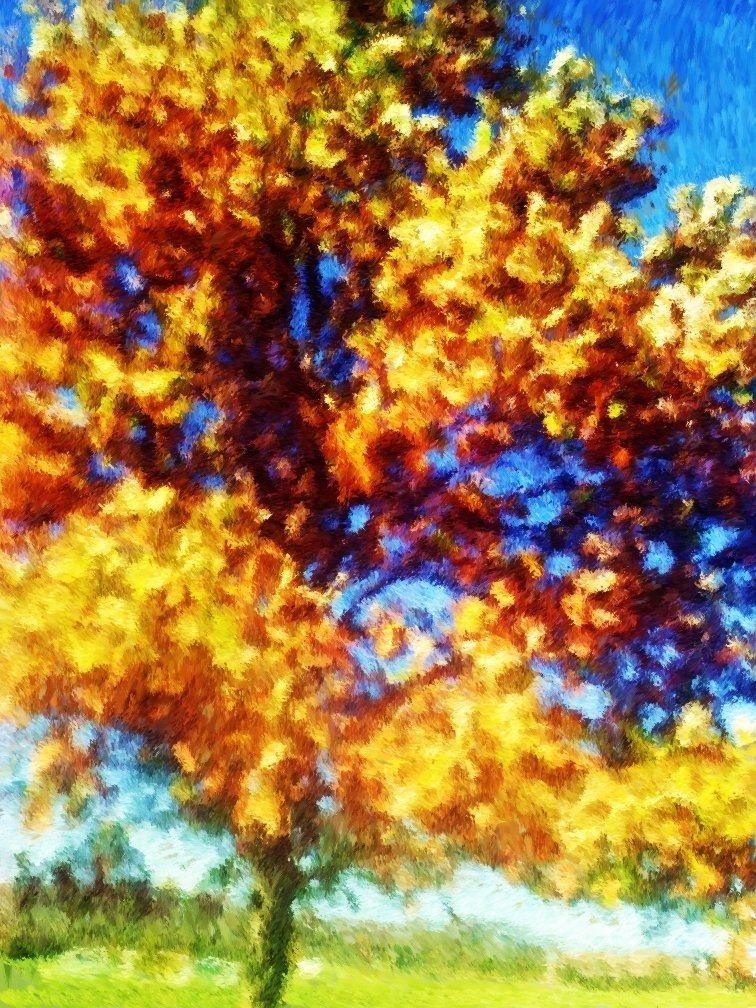Darkness Provides Cover for Jesus' Healings
Cick on image to go to YouTube video.
By Rick McVicar
After Jesus drives a demon out of a man, he goes to relieve Simon’s mother-in-law of a fever. Jesus heals by taking the woman’s hand and lifting her up, a very physical act (1:29-31, NIV).
After sunset that evening. Jesus then heals the sick and demon possessed who come to visit (1:32, NIV). Surprisingly, Jesus is comfortable in the darkness. Mark’s references to darkness is a bit of a surprise with all the biblical references to light. Darkness is often associated with evil. The Gospel of Mark turns that association upside down.
Throughout the gospel, healing stories are often connected with casting out demons. Mark is writing in a prescientific world, and we are left with all kinds of supernatural beings causing havoc with minds and bodies. These beings are very much a part of nature for Mark, which of course would taint his view of nature. Thus, we cannot fault him for sometimes showing a disdain for nature.
Following a busy night of healings, Jesus awakens in the predawn hours to pray (1:29-35, NIV). Mark makes note that Jesus prays in darkness. The natural occurrence of darkness provides the right atmosphere for conversing with God.
The story of Jesus cleansing a man with leprosy finishes the first chapter of Mark (1:40-41). Jesus heals the man with a touch of his hand, similar to the healing of Simon’s mother-in-law. In the case of the man with leprosy, this is truly remarkable given his skin condition. What is interesting is that Jesus uses natural means, a touch, for his healing rather than using any magic.
After cleansing the man, Jesus tells him to go offer sacrifices with a priest. As animals are used for sacrifices, this would constitute a very natural act. The entire process of sacrifice would be a clear use of nature to commune with God.
Thus, after the writer of Mark’s gospel displays an ambiguity towards nature in Jesus’ baptism and temptation, the author pieces together various natural elements to build a physical ladder for climbing into the heavens. In the second half of Mark’s first chapter, water, food, darkness, touch and sacrifice provide the natural rungs of Mark’s spiritual ladder that a Christian believer can use to commune both with nature and God.
Click on image to go to YouTube channel.
tube
T
u


